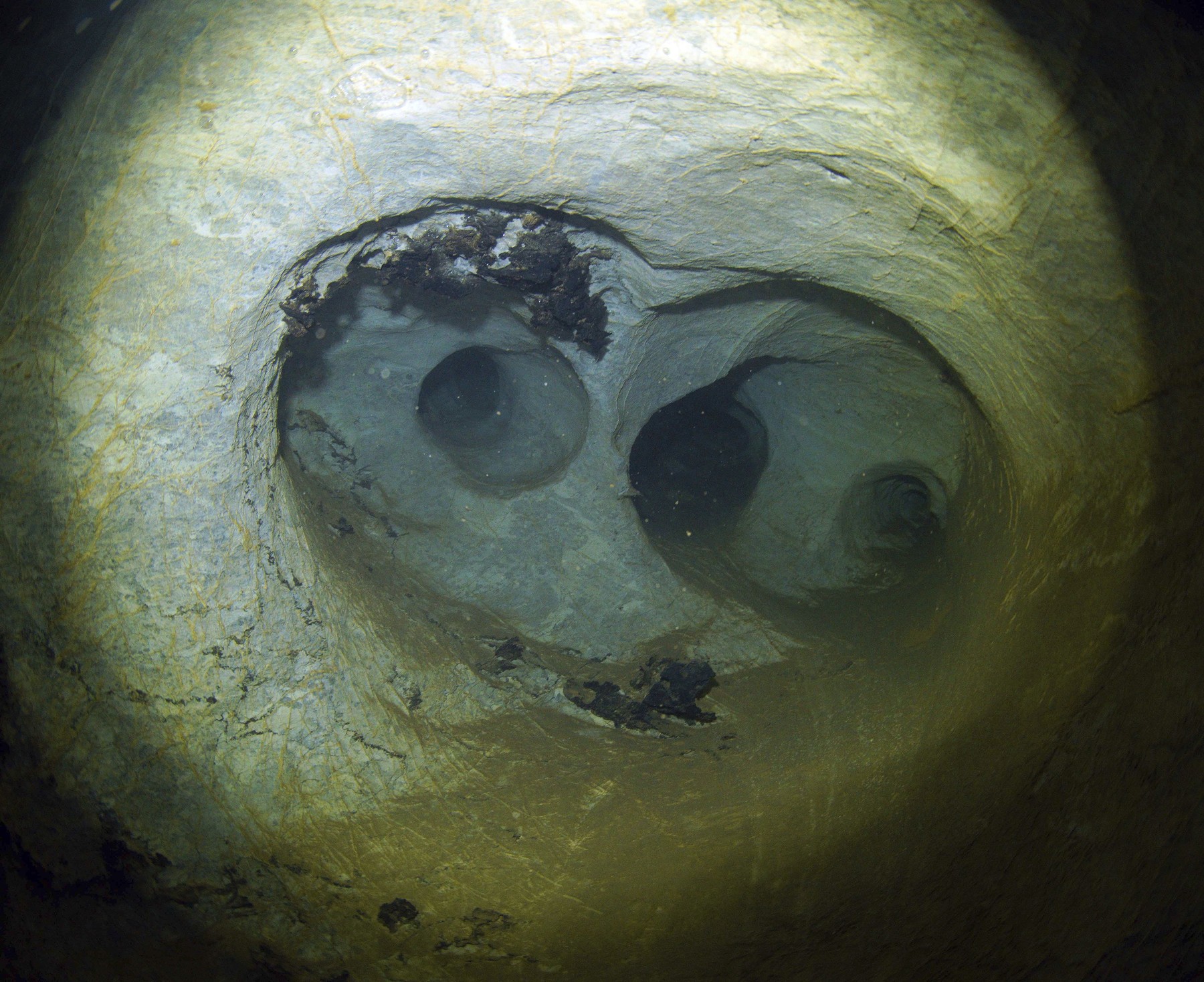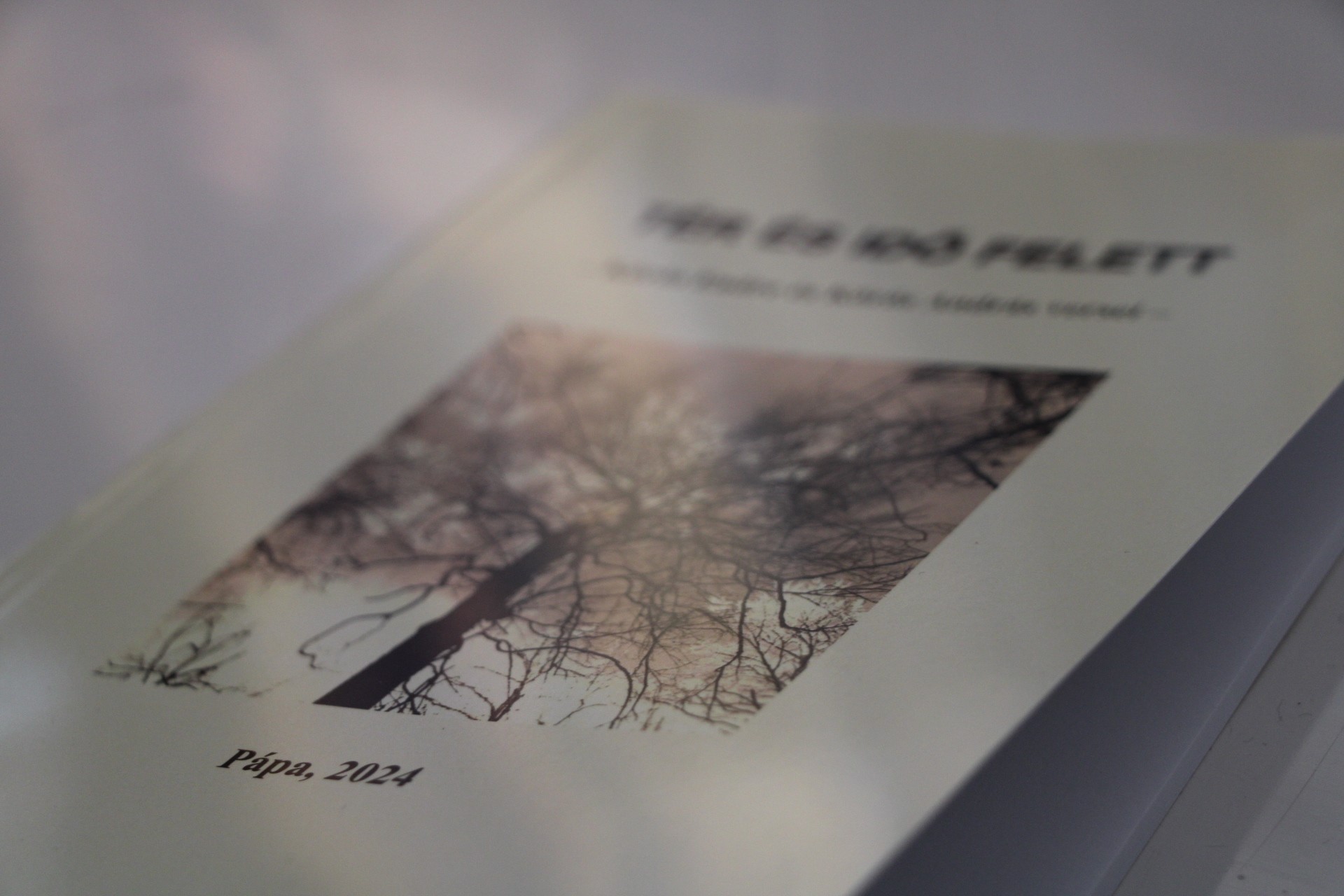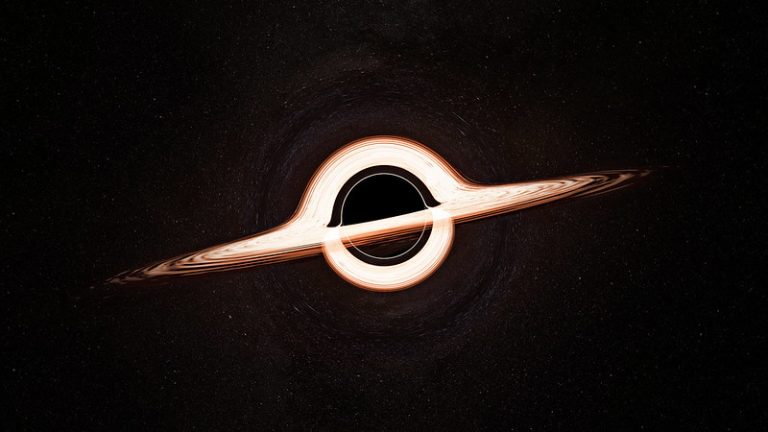The story of Ronald Mallet is truly a novel, a theoretical physicist lost his beloved father at a young age and so decided to build a time machine to save him in the 1950s. As he says, he also developed a method for time travel.
Sometimes the banal reasons behind career choices, other times the interesting ones—Ronald Mallet, who was 10 when he lost his beloved father, adds to the list of examples. Ronald’s father had a heart attack in his sleep. After the tragedy, the clever young boy first gets hold of H.G. Wells’s Time Machine, and later the works of Einstein – that’s when he decides to become a theoretical physicist and travel back in time to save his father. with Ronald Interview by The GuardianWe briefly describe this in our article.
As the paper writes, Professor Ronald Mallet believes he has found a solution to the mystery of time travel. And as silly as this may sound (and of course it all holds true for theory), regardless of this, time travel is taken quite seriously by many people in professional circles these days – at the University of Sydney, an entire department, a center Time, studying the possibility of time travel, while MIT works on a time-reversing machine that will detect dark matter. Previously, we also summarized the standing of science regarding this issue:
Everything you need to know about time travel based on the current state of science
We’re about to enter a new year, so it’s time to examine where science is with regard to time travel. In recent years, many experiments have been carried out, and it turns out that time travel without a paradox is mathematically possible, just as the existence of parallel time planes cannot be ruled out.
Professor Mallet’s method was inspired by Einstein – the scientist already at the age of 11, according to Einstein, understood that time is not absolute. During his career, he researched the subject quietly, as it was not taken seriously in the 1980s, and even a physicist could have ruined his career by revealing his interest in such a ridiculous subject. But for that situation, the winds became favorable in the 1990s — and then came Professor Mallet’s Heureka moment: the realization that time travel is possible with black holes.
In principle, yes, we can use black holes to travel through time
Theoretically, a black hole can indeed be understood as the time machine of the universe, with which we can access both the future and the past, however, there are a few big pitfalls regarding its exploitation.
We also wrote about the importance of black holes in relation to time travel above, and the physicist summed up the gist as follows:
“It turns out that the rotation of black holes can create a gravitational field that can create time loops that allow us to travel back in time.”
Unlike a normal black hole, a spinning black hole has two event horizons (the surface around the hole where electromagnetic radiation cannot escape): an inner hole and an outer one. The phenomenon called “frame drag” occurs between these two event horizons, that is, a kind of space-time expansion. The professor explains all this with the following example:
Let’s say you have a cup of coffee in front of you. Start by stirring the coffee with a spoon! He started to stir, didn’t he? This is what a spinning black hole does. But in Einstein’s theory, space and time are linked together, which is why it is called space-time. So when the black hole spins, it actually warps time.”
We describe all of this in the article linked above: The black hole’s gravitational field is so strong that it can bend time, causing it to spin back on itself, creating a time loop – essentially a “time machine”. In a loop known as a closed time curve, space travel that begins in the future and ends in the past would be possible.
Either way, the problem is undoubtedly that there are no black holes at hand. That’s where Mallet’s discovery comes in: the ring laser that could shoot a black hole. A laser would mean an intense, continuous, rotating beam of light, and since light can create gravity, and since gravity can affect the flow of time, as in the case of black holes, light can also affect time. However, this is only a basic realization, we are so far away from a working time machine – according to critics of the theory, although something is possible, a time machine that works by this principle would have to be as big as the known universe – so it is practically impossible. Professor Mallet also admits that it takes “energies on a galactic scale” for it to work.
However, according to the scientist, at present we should not even be interested in time, but in space – if we can “twist” this with the help of light rays, then many things will be calculated much better. For now, all Professor Mallet can say about the time machine is that it will most likely be based on a rotating laser. Unfortunately, even in theory, the machine would be finite: like a black hole, it would only be possible to go back in time until the time loop formed – so definitely not in the 1950s.
The professor has accepted all this even today, but according to him, the time machine will still do humanity a great service.
(photo: Pixabay/KELLEPICS)










































